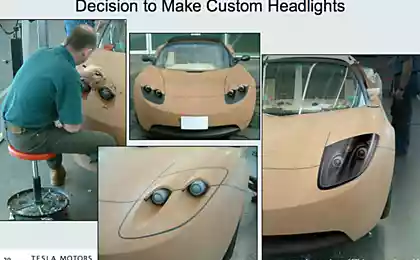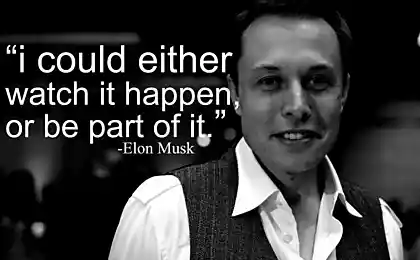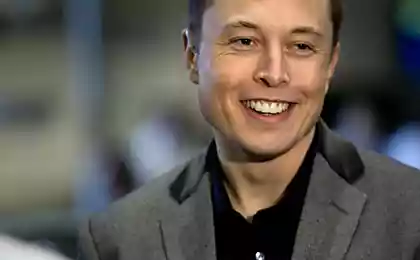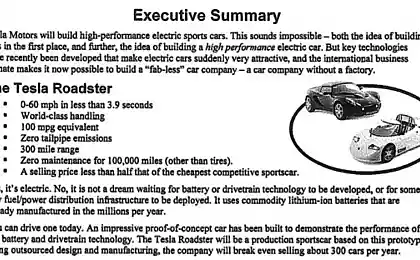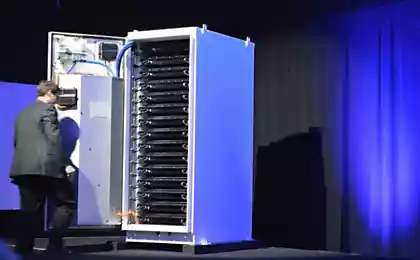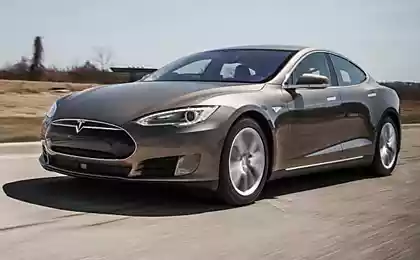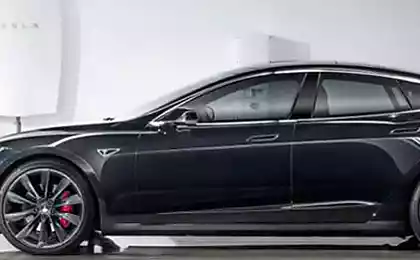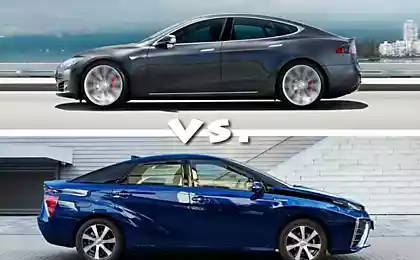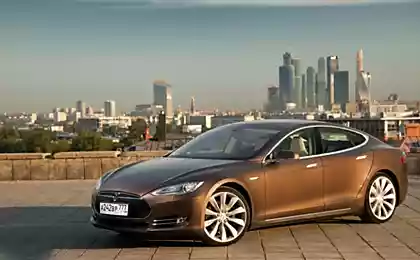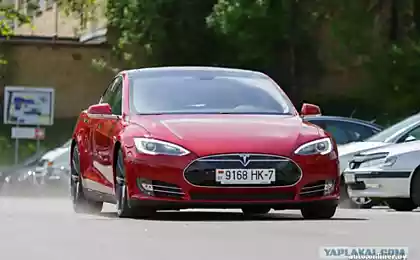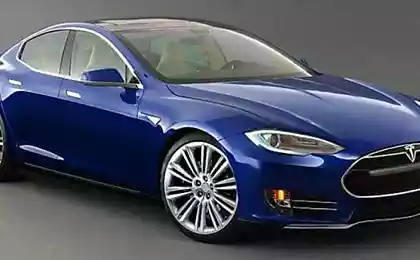668
Battle standard fast of chargers: Tesla joined the association Charin
The company Tesla, from the very beginning of its existence, was alone among the charging standards for electric vehicles. It has developed and promoted its own, original connector, which does not fit anymore to any other electric vehicle.
So an unexpected outcome: the company joined the Charin association that promotes universal connector for fast and slow charging CCS
.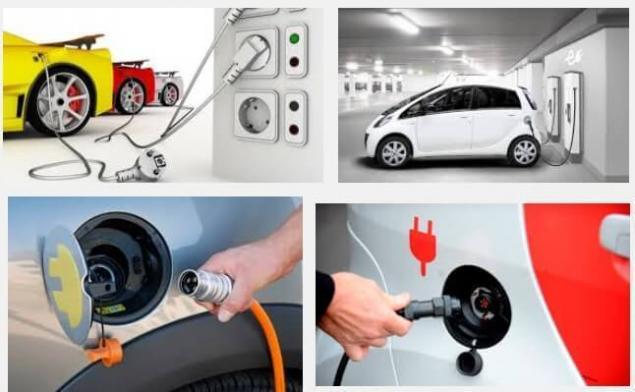
The Association was established by manufacturers who have opted CCS Combo as the format for its fast charging electric vehicles. This is primarily BMW, Audi, VW, Porsche, Daimler, Ford, General Motors and founders who joined the Volkswagen, among which there are some developers are charging stations, such as ABB.
The intrigue of the Battle of standards seems to begin to approach the roundabout. An interesting question - whether the new connector appears on the machines Tesla or the company will resort to the installation process for owners of electric vehicles of their brands
? Combined Charging System (CCS) is based on open and universal standards for electric vehicles. CCS charging combines a single-phase network with fast charging-phase outlet from using AC power at a maximum 43 kilowatts (kW), and the charging DC power at a maximum power of 200 kW with further perspective to 350 kW.
< br> CCS includes a connector and a combination of the input, and all control functions. It also allows you to manage data exchange between an electric vehicle and infrastructure. As a result, it provides a solution to all the charging requirements.
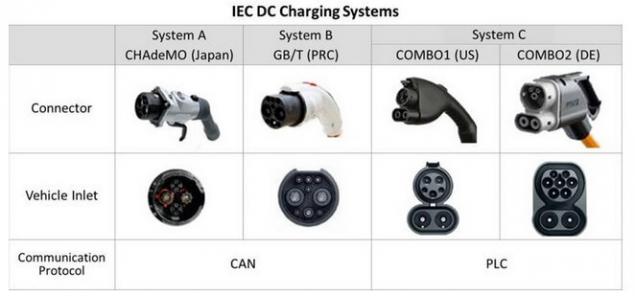
Even at the dawn of electric cars were badly questions about its ability to travel long distances and of course the ability to quickly replenish spent energy. For less acute, but these issues are relevant now.
And they are closely interrelated. As one of the easiest ways to increase the distance traveled by an electric vehicle - is to provide it on a route network of fast-charging stations, so you can arrive at a predetermined location and a few minutes later were able to resume their journey, this time with a charged battery
.
The first established a standard protocol for this type of cars the Japanese. It happened in 2010 - it was called CHAdeMO, an abbreviation of «CHARGE- de - MOVE». there charging rate is usually set at about 50 kw, but it may be up to 62, 5 kW.
The network quickly spread in Japan in March 2011, it already had 582 stations that provide fast charging Nissan Leaf and the Mitsubishi I-MiEV, as well as some other models.
In 2012, was released Tesla Model S and has begun the deployment of its stations, it was necessary for the rapid charging of new car owners, because the Model S has a battery in three or four times more than other electric cars, so there were also needed in the three four times more powerful charging stations to recharge the battery. Tesla began to work like Apple's, since the products of other manufacturers are not compatible with them.
Finally, in 2013 a new Fast-Charging protocol appeared in Europe, the CCS, or the Combined Charging System, which combines the port of fast and slow charging and therefore, is claimed to be more flexible and able to evolve more rapidly than charging CHAdeMO.
This new standard is supported by Ford, General Motors and a number of German car manufacturers that compete with CHAdeMO for "gold" standard for fast charging.
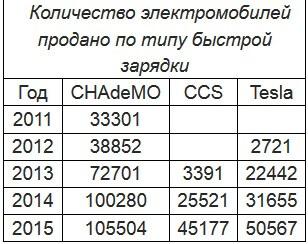
As you can see, CHAdeMO is still playing a leading role, selling machines with the port more than CCS and Tesla together, but its growth has slowed down in 2015, while the other two continued to expand rapidly.
2017 and 2018 may be an important milestone in the race between the CHAdeMO and the CCS, as the Nissan Leaf will defend its lead over CCS-compatible Chevrolet BOLT, Ford plug-ins and new German electric vehicles, which should appear at this time.
An interesting point in this race standards originated from Hyundai-Kia Group, if Kia Soul EVigraet team CHAdeMO, the new Hyundai Ioniq EV joined the team enemy ... the change will suffer the whole group, or they want to protect themselves, with players from both teams?
So an unexpected outcome: the company joined the Charin association that promotes universal connector for fast and slow charging CCS
.

The Association was established by manufacturers who have opted CCS Combo as the format for its fast charging electric vehicles. This is primarily BMW, Audi, VW, Porsche, Daimler, Ford, General Motors and founders who joined the Volkswagen, among which there are some developers are charging stations, such as ABB.
The intrigue of the Battle of standards seems to begin to approach the roundabout. An interesting question - whether the new connector appears on the machines Tesla or the company will resort to the installation process for owners of electric vehicles of their brands
? Combined Charging System (CCS) is based on open and universal standards for electric vehicles. CCS charging combines a single-phase network with fast charging-phase outlet from using AC power at a maximum 43 kilowatts (kW), and the charging DC power at a maximum power of 200 kW with further perspective to 350 kW.
< br> CCS includes a connector and a combination of the input, and all control functions. It also allows you to manage data exchange between an electric vehicle and infrastructure. As a result, it provides a solution to all the charging requirements.

Even at the dawn of electric cars were badly questions about its ability to travel long distances and of course the ability to quickly replenish spent energy. For less acute, but these issues are relevant now.
And they are closely interrelated. As one of the easiest ways to increase the distance traveled by an electric vehicle - is to provide it on a route network of fast-charging stations, so you can arrive at a predetermined location and a few minutes later were able to resume their journey, this time with a charged battery
.
The first established a standard protocol for this type of cars the Japanese. It happened in 2010 - it was called CHAdeMO, an abbreviation of «CHARGE- de - MOVE». there charging rate is usually set at about 50 kw, but it may be up to 62, 5 kW.
The network quickly spread in Japan in March 2011, it already had 582 stations that provide fast charging Nissan Leaf and the Mitsubishi I-MiEV, as well as some other models.
In 2012, was released Tesla Model S and has begun the deployment of its stations, it was necessary for the rapid charging of new car owners, because the Model S has a battery in three or four times more than other electric cars, so there were also needed in the three four times more powerful charging stations to recharge the battery. Tesla began to work like Apple's, since the products of other manufacturers are not compatible with them.
Finally, in 2013 a new Fast-Charging protocol appeared in Europe, the CCS, or the Combined Charging System, which combines the port of fast and slow charging and therefore, is claimed to be more flexible and able to evolve more rapidly than charging CHAdeMO.
This new standard is supported by Ford, General Motors and a number of German car manufacturers that compete with CHAdeMO for "gold" standard for fast charging.

As you can see, CHAdeMO is still playing a leading role, selling machines with the port more than CCS and Tesla together, but its growth has slowed down in 2015, while the other two continued to expand rapidly.
2017 and 2018 may be an important milestone in the race between the CHAdeMO and the CCS, as the Nissan Leaf will defend its lead over CCS-compatible Chevrolet BOLT, Ford plug-ins and new German electric vehicles, which should appear at this time.
An interesting point in this race standards originated from Hyundai-Kia Group, if Kia Soul EVigraet team CHAdeMO, the new Hyundai Ioniq EV joined the team enemy ... the change will suffer the whole group, or they want to protect themselves, with players from both teams?

